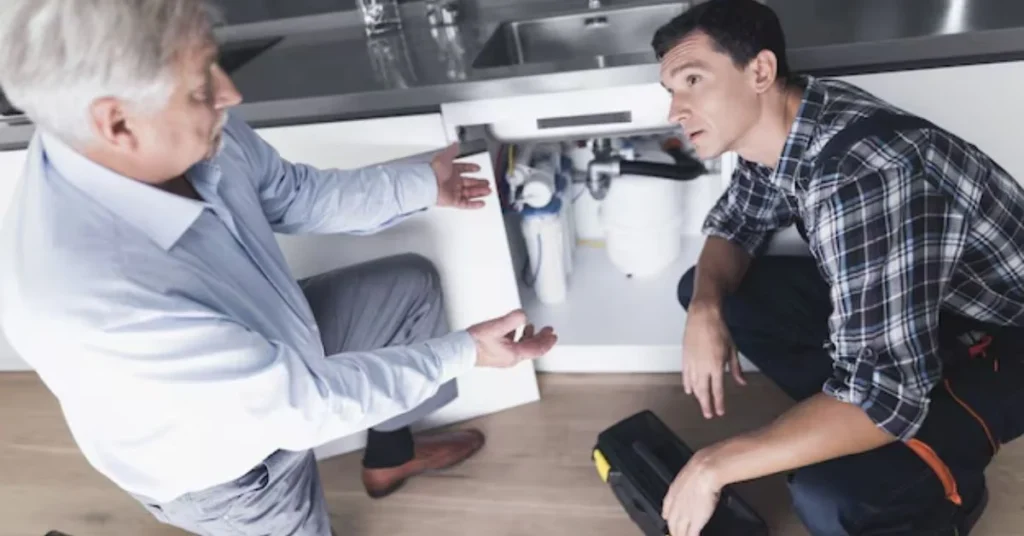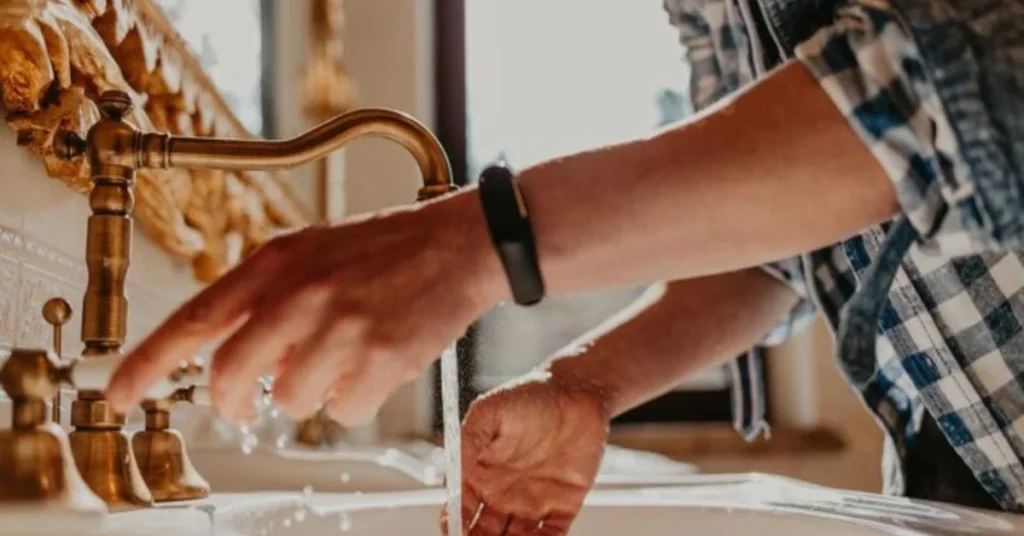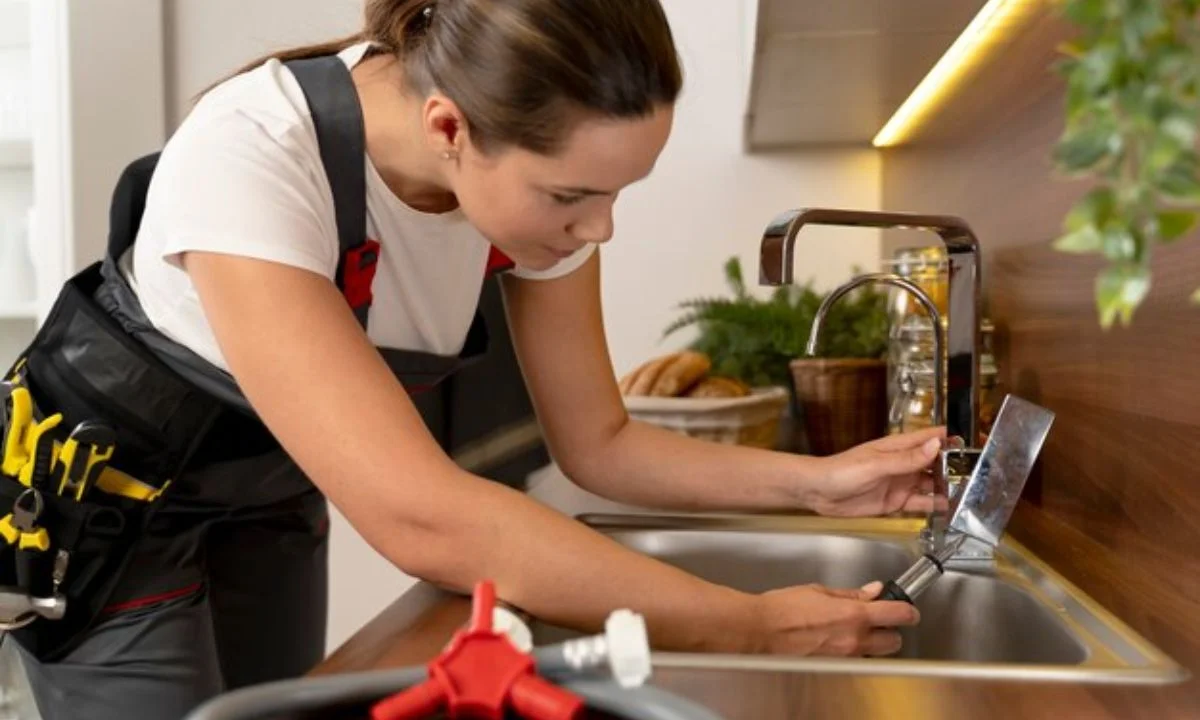If you’re wondering how to replace kitchen faucet, you’re not alone! Whether your faucet is old and leaking or you just want to update your kitchen’s look, replacing it yourself can save you both time and money. Don’t worry—it’s not as complicated as you might think. With a little guidance, the right tools, and patience, you can complete the task without hiring a professional plumber. In this guide, we’ll walk you through every step of the process to ensure that you can confidently replace your kitchen faucet in no time.
Tools and Materials You’ll Need
Before you get started, gather the following tools and materials:
- Adjustable wrench
- Basin wrench (optional, but helpful)
- Plumber’s putty or silicone sealant
- Bucket or towel (to catch water spills)
- New faucet
- Teflon tape (for securing connections)
Make sure that the new faucet fits your sink’s configuration—whether it’s a single-hole, three-hole, or four-hole installation.
Must read How to Get Rid of Ants in Kitchen
How to Replace Kitchen Faucet
Here is the step by step guide on how to replace kitchen faucet
Step 1: Turn Off the Water Supply
The first step in learning how to replace kitchen faucet is turning off the water supply. You can find the shutoff valves under your sink, attached to the water pipes. These are typically two valves: one for hot water and one for cold water.
- Turn both valves clockwise until they’re fully closed.
- Once shut off, turn on your faucet to release any remaining water pressure.
Pro Tip:
If your shutoff valves are old or hard to turn, consider replacing them at the same time as your faucet.
Step 2: Disconnect Water Supply Lines
Next, you’ll need to disconnect the water supply lines from the faucet. These are the flexible hoses that connect your faucet to the shutoff valves.
- Use an adjustable wrench to loosen the nuts that secure the supply lines to the faucet.
- Place a bucket or towel underneath to catch any drips of water.
Make sure you label which line is hot and which is cold to avoid confusion during installation.

Step 3: Remove the Old Faucet
Once the supply lines are disconnected, it’s time to remove the old faucet. This part can be tricky, as faucets can sometimes be tightly secured in place due to years of use or corrosion.
- Use a basin wrench or adjustable wrench to loosen the nuts securing the faucet to the sink from underneath.
- After loosening, lift the faucet out from above the sink.
Cleaning the Area
Before installing the new faucet, clean the area around the faucet holes with a sponge or cloth. This will ensure a good seal for the new faucet.
Step 4: Install the New Faucet
Now that the old faucet is out, it’s time to install the new one. Follow the manufacturer’s instructions, as different faucets may have slight variations in installation.
- If your faucet comes with a gasket or rubber seal, place it on the bottom of the faucet where it will sit on the sink.
- Insert the faucet into the sink holes, making sure it aligns properly.
For single-hole installations, you may not need a deck plate, but for three-hole installations, a deck plate will cover the extra holes.
Step 5: Secure the Faucet Under the Sink
Under the sink, you’ll need to tighten the mounting nuts that secure the faucet to the countertop or sink.
- Hand-tighten the nuts as much as possible.
- Use a basin wrench or adjustable wrench to finish tightening, ensuring the faucet is stable but not overtightened, which could damage your sink.

Step 6: Connect the Water Supply Lines
Next, reconnect the water supply lines to the faucet.
- Attach the flexible hoses to the corresponding hot and cold inlets.
- Hand-tighten the nuts, then use an adjustable wrench to secure them, being careful not to overtighten.
Use of Teflon Tape
Wrap a little Teflon tape around the threads of the connections to ensure a watertight seal.
Step 7: Check for Leaks
Once everything is connected, it’s time to turn the water back on.
- Slowly turn on the shutoff valves under the sink.
- Test the faucet by turning it on and running both hot and cold water.
Check all connections under the sink for leaks. If you spot any, gently tighten the connections until the leak stops.
Step 8: Final Touches
Finally, apply plumber’s putty or silicone sealant around the base of the faucet where it meets the sink if it’s needed (depending on the faucet model). This will create a waterproof seal and prevent water from leaking under the faucet.
Troubleshooting Common Issues
Replacing a kitchen faucet usually goes smoothly, but if you encounter any issues, here are some quick fixes:
Faucet Wobbles After Installation
- Ensure the mounting nuts are tight and properly aligned.
Water Pressure is Low
- Check that the supply lines are not kinked or twisted.
- Clean out any debris in the aerator or the supply lines.
Water Leaks from Faucet Base
- Apply more sealant or tighten the mounting nuts if needed.
Conclusion
Now that you know how to replace kitchen faucet, you can tackle the task with confidence. Whether you’re updating your kitchen’s look or fixing a leaky faucet, this project is manageable for even beginner DIYers. Just take your time, gather the right tools, and follow the steps closely. A new faucet can make a big difference in your kitchen, and you’ll save money by doing it yourself. Click here for more information.

How long does it take to replace a kitchen faucet?
Replacing a kitchen faucet typically takes between 1 to 2 hours, depending on your experience and the complexity of the installation.
Do I need special tools to replace a kitchen faucet?
Basic tools like an adjustable wrench and plumber’s putty are usually enough. A basin wrench can make the job easier but isn’t always necessary.
Can I replace a kitchen faucet without turning off the water?
No, you must turn off the water supply to avoid water spills during the replacement.
How often should I replace my kitchen faucet?
Most kitchen faucets last around 10 to 15 years, depending on usage and water quality. You should replace it if it starts leaking or malfunctioning.
Is it cheaper to replace a kitchen faucet myself?
Yes, replacing a kitchen faucet yourself can save you the cost of hiring a plumber, which ranges from $100 to $300 depending on the complexity of the job.
